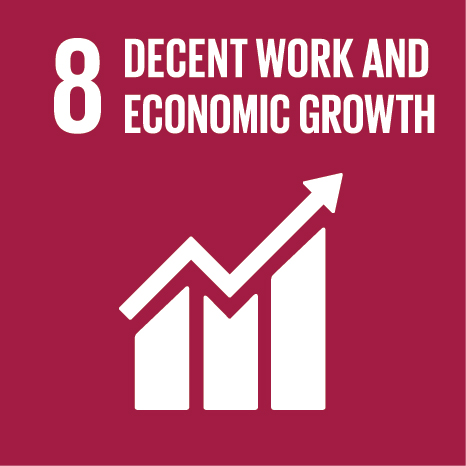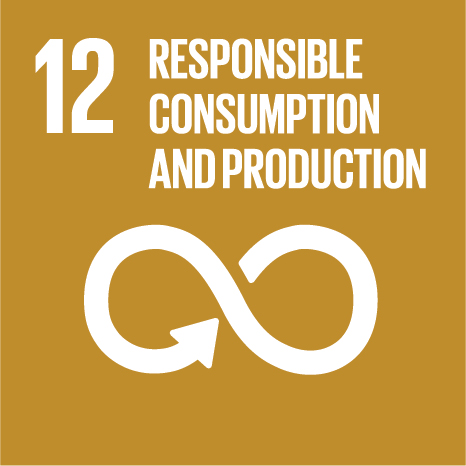Ciência_Iscte
Publications
Publication Detailed Description
A Porter’s Five Forces model proposal for additive manufacturing technology: A case study in Portuguese industry
Procedia Computer Science
Year (definitive publication)
2023
Language
English
Country
United States of America
More Information
Web of Science®
Scopus
Google Scholar
This publication is not indexed in Overton
Abstract
Industry 4.0 constituted a trigger to a new phase in the Industrial Revolution, heavily focused on the interconnectivity of the systems, bringing disruptive technologies such as Additive Manufacturing (AM). On top of that, in the past few decades AM has been gaining visibility due to technological evolution and due to the need to increase differentiating factors to overtake competitors. Coupled with this, phenomenon such as increased firms’ competitivity and rivalry, increased customer demand and diversity and the shift from an industrial economy to a knowledge-based economy are leading to the emergence of new business models. However, despite of AM's business possibilities, in literature it is missing a model to analyse the impact of AM in business strategy. Accordingly, the present research focuses on understanding how AM impacts firms’ business strategy. To achieve that objective, is proposed an adaptation of Porter's Five Forces Model to aid in positioning firms’ strategy when using AM. The model was applied to 13 organisations operating with AM in Portugal. It was possible to conclude that all the participating firms, except one, fit in the incremental stream of development as regards to AM technology, where AM technologies appear as a complementing technology. Also, the participating firms seem to experience the low capability to capture specialized workforce for AM, high capital requirements to enter the market and low IPR regulation. AM brings an opportunity for higher bargaining power to arise due to 'prosumerism', yet it does not add value as a tool for the standard products industry. Moreover, suppliers strongly influence sectors' competition, which will presumably suffer from increased rivalry tensions.
Acknowledgements
--
Keywords
Additive manufacturing,Porter’s Five Forces model,Case study research
Fields of Science and Technology Classification
- Economics and Business - Social Sciences
Funding Records
| Funding Reference | Funding Entity |
|---|---|
| PTDC/EME-SIS/32232/2017 | Fundação para a Ciência e a Tecnologia |
Contributions to the Sustainable Development Goals of the United Nations
With the objective to increase the research activity directed towards the achievement of the United Nations 2030 Sustainable Development Goals, the possibility of associating scientific publications with the Sustainable Development Goals is now available in Ciência_Iscte. These are the Sustainable Development Goals identified by the author(s) for this publication. For more detailed information on the Sustainable Development Goals, click here.

 Português
Português




